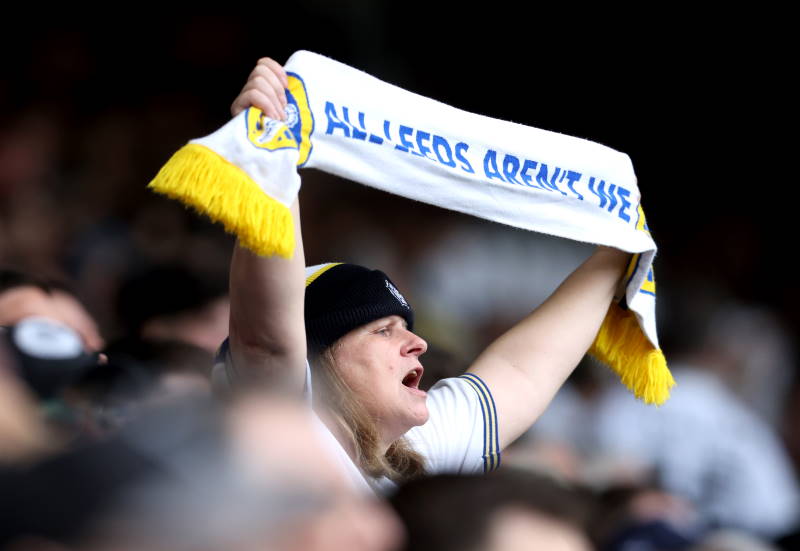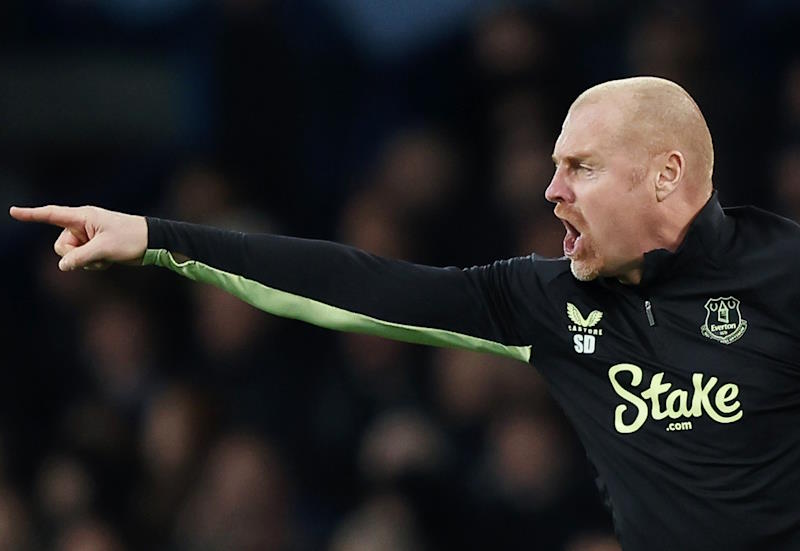
How can underachievement be measured? If attendances and size of city are the main criteria then there can surely be no argument – Hertha Berlin are in a league of their own.
Hailing from Europe’s fourth or fifth largest city, depending on which population figures are considered – city, urban or metropolitan, either way only Moscow, London and Paris are really bigger on all counts – Berlin’s biggest and most successful club have a trophy cabinet so bare the caretaker has yet to bother wiggling his key in its lock. Two trophies which in terms of historic football importance cannot be regarded as much bigger than egg-cups, are all Hertha have to show for their 109 years of existence. The two German national league titles of 1930 and 1931 were won back in the days when the game was regionalised and not even fully professional; certainly less-developed than in other major European mainland countries at that time.
Yet on the weekend of 2nd/3rd April, Germany’s second largest football crowd of 70,621 attended the 2.Bundesliga match between Hertha Berlin and Paderborn. It was a smaller crowd than Bundesliga leaders Borussia Dortmund drew, but unbelievably, larger than any attendance in the English Premier League that weekend – by 10,000 no less; Arsenal attracted a mere 60,000 to the Emirates the day before.
Yet this was 4,000 smaller than the crowd which had turned out to see Hertha face their Berlin neighbours 1.FC Union in February. That 74,224 sell-out crowd may quite possibly be a world-record attendance for a second-tier league football match, much bigger even than the Uniteds of Manchester and Newcastle enjoyed during their sojourns in England’s equivalent league. Or even AC Milan when the Rossoneri were sentenced to a season in Serie B in 1980, following the Totonero scandal. But these clubs had great traditions, so what is it that makes Berliners turn out in such numbers to watch their notoriously unsuccessful club?
The fact that die Alte Dame are sitting on top of the 2.Bundesliga is an obvious factor; success in a small pond is just as, if not more enjoyable, than failure in a great sea. Hence the better-publicised large crowds which attend matches in England’s second-tier, The Championship.
But being a great European city and capital of western Europe’s largest country must make Berlin’s citizens feel that they belong in the top flight of German league football permanently. And the man chosen to lead the Blue and Whites back out of the wilderness is a familiar name to European football – as a player, though not as a coach.
Markus Babbel enjoyed successful spells with Bayern Munich, Hamburg and Liverpool, collecting two UEFA Cup winners medals along the way. While the highlight of his 51-game international career was as a member of Germany’s 1996 European Championship winning team. However, the 38-year-old’s coaching record before Hertha, comprising one 13-month stint with VfB Stuttgart, was nothing to write home about.
The squad Babbel inherited last May relies on a mixture of experienced defenders and prolific goalscoring attackers. The former are built around Croatian veteran and captain Andre Mijatovic, aided by 26-year-old Czech international Roman Hubnik and Georgian Levan Kobiashvilli, who is closing in on 100 caps for his country.
Often playing with three attackers, Colombian Adrian Ramos, Brazillian Raffael and 19-year-old Michel-Pierre Lasogga, the capital side can get away with a cavalier approach in the 2.Bundesliga. Hertha can also, when needed, call upon the explosive shooting power of Raffael’s brother, 24-year-old defender-cum-midfielder Ronny. One of the former Sporting Lisbon man’s free-kicks, when playing in Portugal, was officially measured at 210.9 kilometres per hour (131.82 mph).
The Bundesliga is presently without a football team from Germany’s largest city, which makes it quite a unique league in Europe, possibly the world. But Berlin as a city cannot be compared to any other European capital because of its chequered history resulting from the aftermath of World War Two. In those formative years from the mid-1950s until the 1990s when European club football developed into its familiar present structure, Berlin was a divided city. Furthermore its larger and more prosperous western half was literally an island of free-market democracy, surrounded by communist totalitarianism. For over 40 years West Berlin’s football clubs had to travel across a foreign country, the German (so-called) Democratic Republic, or East Germany, to play their away matches in the old West German leagues.
In many ways Berliners are still not quite used to living in a ‘normal’ city; it is still only 21 years since the fall of the Berlin Wall. Having a successful football team, will give it that Zeitgeist, but to do that they must first get back into the top flight. Sat at the top of the table at the time of writing, they are poised to do so – and quickly.












